AO Edited
Masson Mill
This historic textile mill has been repurposed as a shopping outlet, which houses a textile museum that celebrates its industrial past.
Masson Mill is a former water-powered cotton spinning mill that stands on the west bank of the River Derwent in Matlock Bath, Derbyshire in England. This mill was constructed in 1783, and it forms an important part of the Derwent Valley Mills World Heritage Site.
In 1769, Richard Arkwright patented the device known as the water frame, which utilized the extra power of a water mill to produce strong cotton fiber used in weaving. His first mill was erected in 1771 in Cromford. Masson Mill is the third mill Arkwright built, and it was designed directly on the river to take advantage of the greater water flow.
The original five-floor building also contained ancillary services that were an offshoot of the main block. This kept the production floors free from obstruction. Even the oldest part of the mill looks remarkably modern for an 18th-century building. A curved weir was constructed across the river to increase the available head. This weir is itself unusual, as its convex shape differs from most weirs.
The mill was originally powered by a single waterwheel and was replaced by turbines in 1928. At that time, a second wheel was added and the roof was raised. After the milled closed, 1991 the building was reopened as a retail shopping village in 1999. On the lower floors is a textile museum.
Know Before You Go
Part of the mill is converted to a multi storey car park but there is limited headroom so do not try to park there with a camper or other tall vehicle. Whist quiet a distance, the walk from either Matlock Bath or Cromford rail stations are both very pleasant. Walking from Matlock Bath and then on to Cromford station after visiting the mill (and then taking in Cromford Canal Wharf or Cromford Mill) is a great way to spend a day in summer.

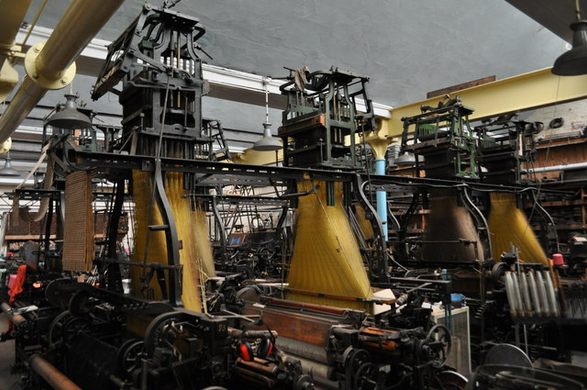



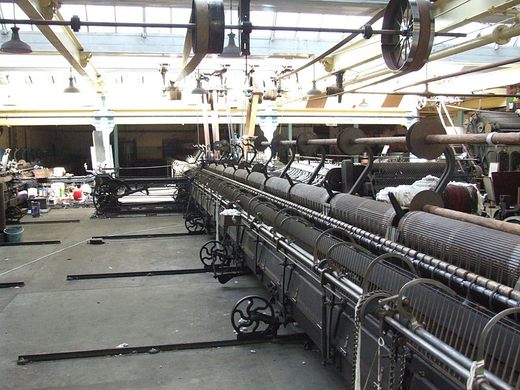
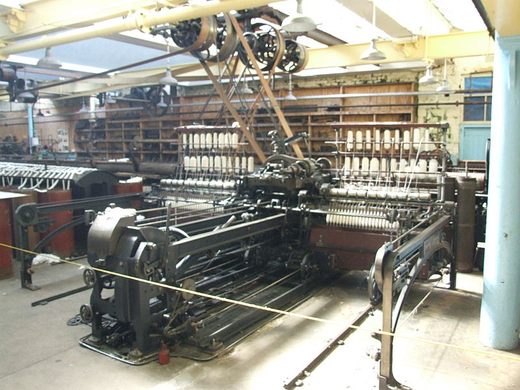









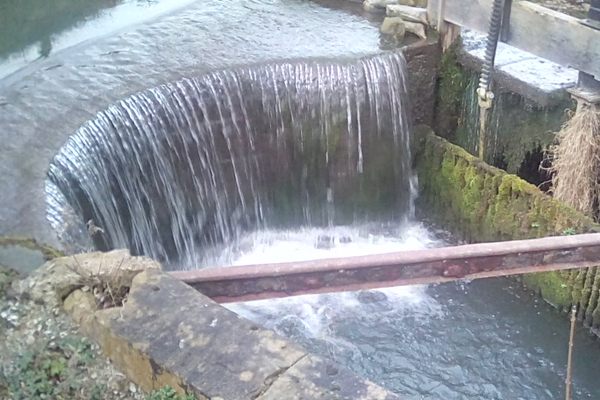




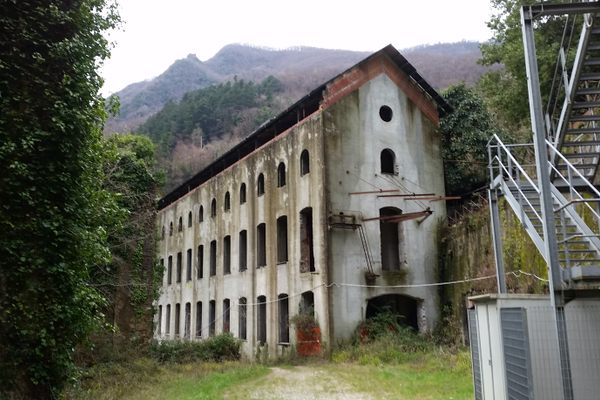
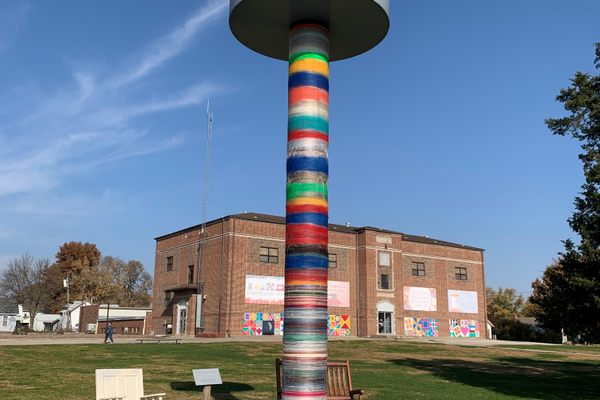
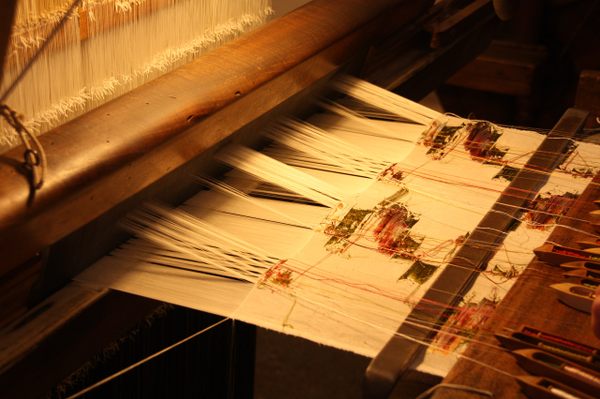

Follow us on Twitter to get the latest on the world's hidden wonders.
Like us on Facebook to get the latest on the world's hidden wonders.
Follow us on Twitter Like us on Facebook